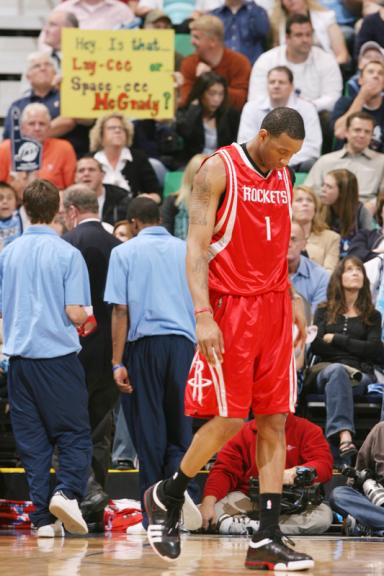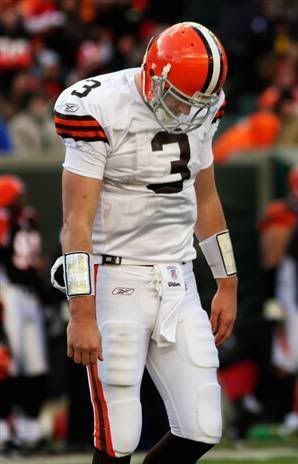 A major analytical tool in sports is the observation of body language. When dealing with the best athletes in the world, the main thing that separates them from each other is not skill, which all of them have, its effort. Looking at body language is a simple way of observing effort as well as how happy a player is in a certain situation, which severely affects their level of performance.
A major analytical tool in sports is the observation of body language. When dealing with the best athletes in the world, the main thing that separates them from each other is not skill, which all of them have, its effort. Looking at body language is a simple way of observing effort as well as how happy a player is in a certain situation, which severely affects their level of performance.Body language just doesn't show the amount of effort, it also shows the confidence level a player has, which affects the things they do and how they do them. In sports where a certain amount of creativity is involved, like basketball and soccer, the confidence to be creative and special is needed to be an effective player. Some players lose confidence due to a lack of performance, overbearing coaches and teammates, particularly bad officiating, or needy fans. Confidence severely affects performance. A smart team should try and analyze the body language of its players to see how they respond to tough times. This would help teams to select players who are better insulated from outside pressures, and help them to make smarter investments in their players. For example, The Cleveland Browns spent $24 million dollars on this guy, Derek Anderson.
 This picture was taken just 4 weeks into the the 2008 season, just a few short months after he signed his big contract extension. He got this extension based on one good year of play in the 2007 season. So when things were going well, Derek looked like a star. Now i'm not saying Derek is a terrible player, but this body language shows a lot about how motivated he is and how much pressure he is feeling. I imagine if the Browns spent more time analyzing his play and body language during bad games in the 2007 season, he may not have been signed to such a big deal. For the record, Derek had a relatively terrible 2008 season, and was benched in favor of a second-year player. It is also of note that i selected Derek as my first quarterback in my fantasy football league. He killed my team for 7 solid weeks before i finally dropped him. Maybe i should have analyzed his body language before making my selection. Maybe I'm holding a little bit of a grudge.
This picture was taken just 4 weeks into the the 2008 season, just a few short months after he signed his big contract extension. He got this extension based on one good year of play in the 2007 season. So when things were going well, Derek looked like a star. Now i'm not saying Derek is a terrible player, but this body language shows a lot about how motivated he is and how much pressure he is feeling. I imagine if the Browns spent more time analyzing his play and body language during bad games in the 2007 season, he may not have been signed to such a big deal. For the record, Derek had a relatively terrible 2008 season, and was benched in favor of a second-year player. It is also of note that i selected Derek as my first quarterback in my fantasy football league. He killed my team for 7 solid weeks before i finally dropped him. Maybe i should have analyzed his body language before making my selection. Maybe I'm holding a little bit of a grudge.Next time on the blog i will continue to analyze the effects of Body language as a major non-verbal tool, and later on, take a look at ethics in the media with the A-Rod sterioid scandal.